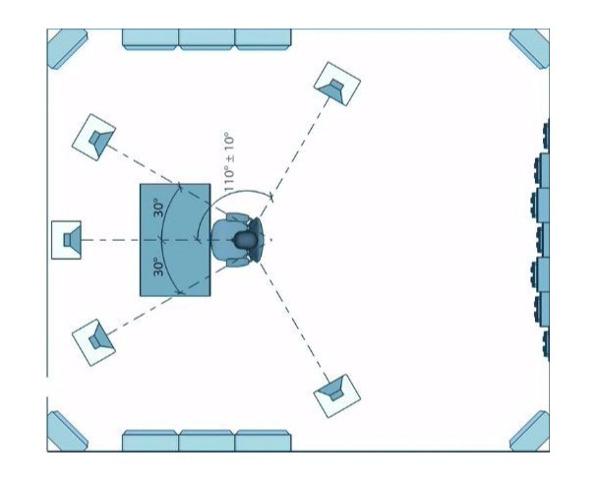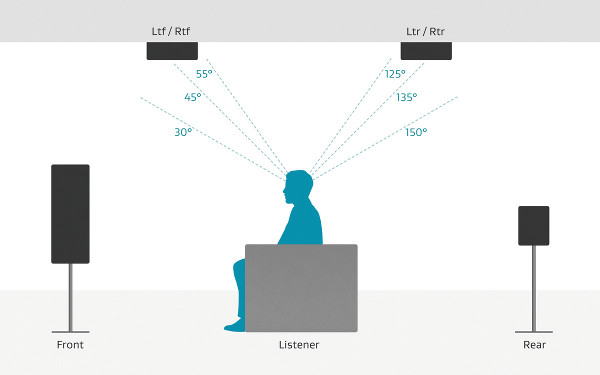Six Truths About Surround-Sound Audio

So, to help clear up any misunderstandings, I’m going to give you some general statements that will hold true when shopping for your next home theater system.
1. TV Speakers Suck. With very few exceptions—say, Bang & Olufsen models—the speakers in your new flat-panel TV are garbage. Almost anything you do will be an improvement over the thin, anemic sound your TV’s speakers produce.
2. Soundbars Are a Great Step-Up. Pretty much any soundbar will sound better than your TV’s speakers. If nothing else, the soundbar’s drivers fire toward the listening position instead of away from you and into the wall, making dialogue much easier to understand. However, as with any technology, expect to pay for a quality soundbar. Models in the $1,000-plus range offer real fidelity and generally feature some technology capable of producing some convincingly wide sound images. Paired with a good subwoofer, a soundbar is a terrific solution for a secondary listening area or rooms where installing a traditional surround system just isn’t possible. However, and again, remember this is a generalization; a soundbar almost never outperforms a traditional surround system.
3. Out of Wall Beats In-wall. Without a doubt, in-wall speakers have come a long way, and there are some in-wall speakers that sound absolutely fantastic. If you are looking for a discreet, virtually invisible speaker system, they’re the way to go, and just about every speaker manufacturer offers several in-wall models at a variety of price points and performance levels. However, a freestanding speaker will almost always outperform an in-wall speaker at the same price (i.e., a $400 pair of bookshelf speakers will outperform a $400 pair of in-walls). Additionally, in-wall speakers are more difficult to place as their location is dictated by your room’s stud layout.

4. Big Beats Small. There’s a simple reason why literally every speaker manufacturer’s flagship model is the biggest in the lineup: It takes a big driver (or multiple drivers) to move a lot of air. If you’re looking for a lot of impact in a big room, you should be looking at large, floorstanding speakers. Now, remember, I said these are generalizations; a big ol’ Fisher tower with an 18-inch woofer won’t sound better than, say, a YG Acoustics Sasha 1.1. But apples to apples within a manufacturer’s lineup, bigger is always better and will play lower and louder. This holds very true with subwoofers as well, and my advice to customers is to purchase the largest subwoofer their budget and décor will support.
5. Corner TV Locations Suck. Riddle me this: When have you ever gone to a movie theater where the screen was in the corner? And since we’re trying to replicate the theatrical experience on a smaller scale at home, you should avoid this as well. When the TV goes in the corner, it compromises everything, making it almost impossible to correctly locate the front left/right speakers, or position the surrounds so they work for multiple seating positions. If you’re serious about home theater, then don’t put Baby in the corner.
6. Surround Speakers Go Behind You. Surround sound is about placing audio all around and behind you, and unless you are doing a seven-channel audio system, your surround speakers should be placed behind you. Dolby’s recommendation is to “place them slightly to the rear of and angled toward your seating position.” I’ve found that in-ceiling speakers work terrifically well in surround applications, even in non-Atmos setups. Since many sounds directed to the surround channels naturally occur overhead—rain, airplanes, crowd noise, helicopters, etc.—in-ceiling speakers can work surprisingly well in this application.





























































